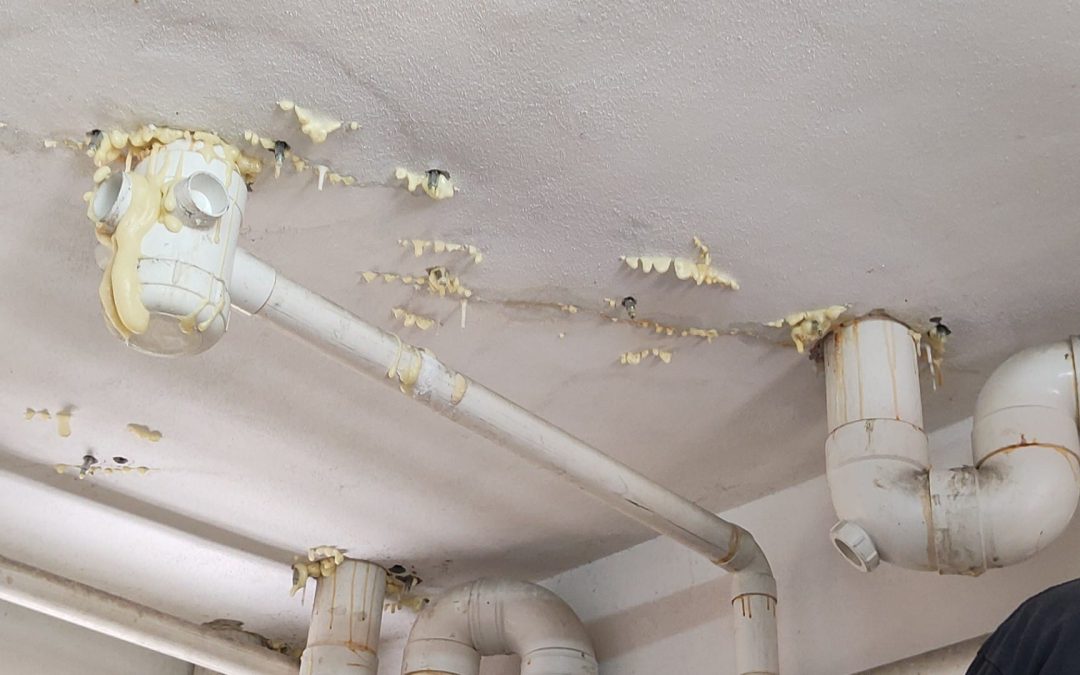Polyurethane (PU) injection is a widely used method for sealing cracks and preventing water infiltration in structures. It is essential to follow proper procedures to ensure effective application and long-lasting results. Factors such as crack analysis, material selection, surface preparation, the injection process, safety precautions, and post-injection inspection all play a crucial role in achieving a successful outcome.
1. Crack Analysis
PU injection is primarily for sealing cracks rather than structural repair. It is important to determine whether a crack is structural or non-structural before application. Additionally, if the crack is active and subject to movement, flexible PU foam should be used to accommodate expansion and contraction.
2. Material Selection
The choice of PU resin depends on the application. Hydrophilic PU expands upon contact with water, forming a flexible, rubbery seal, whereas hydrophobic PU repels water and creates a rigid, non-flexible barrier. Additionally, the foam expansion rate should be considered, as different PU resins expand at varying levels, affecting penetration and sealing performance.
3. Surface Preparation
Proper preparation ensures strong adhesion and effective sealing. The surface must be cleaned to remove dust, debris, and loose particles. Additionally, correct placement of injection ports is critical to ensure even distribution of the resin throughout the crack.
4. Injection Process
Managing injection pressure is essential, as excessive pressure can cause leaks or even damage the structure. The injection should start from the lowest point and move upward, allowing air to be pushed out and ensuring complete crack coverage. Furthermore, the resin reaction time must be considered, as some PU resins expand quickly, requiring precise timing and controlled application.
5. Safety Precautions
Since PU resins can release fumes, proper ventilation is necessary to maintain a safe working environment. Additionally, protective gear, including gloves, goggles, and masks, should be worn to prevent direct exposure to chemicals.
6. Post-Injection Inspection
After the injection, a leak check must be performed to verify that all cracks are properly sealed. Lastly, cleanup should be done by removing excess foam and injection ports after the material has fully cured.
Conclusion
PU injection is an effective and reliable solution for sealing cracks and preventing water infiltration. However, for the best results, proper crack assessment, material selection, surface preparation, and careful execution of the injection process are crucial. Safety precautions must also be followed to ensure a hazard-free working environment. By adhering to these guidelines, PU injection can provide a durable and efficient waterproofing solution.

